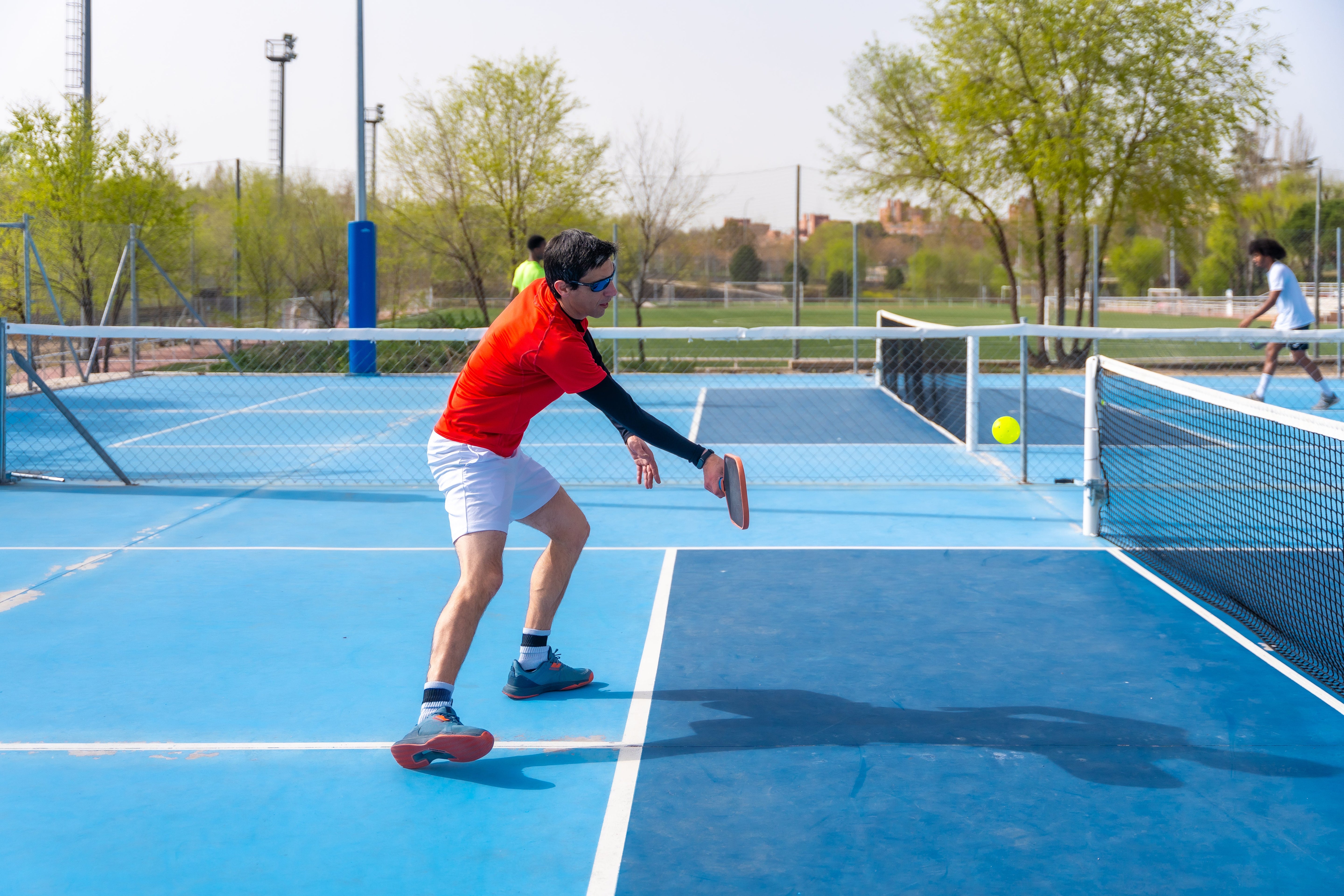
When to Speed Up—and When to Slow Down
A guide to mastering tempo shifts in pickleball rallies
One of the most overlooked yet powerful tools in pickleball is pace control—knowing when to speed up the game and when to slow it down.
Whether you're playing singles or doubles, beginner or advanced, the ability to change tempo can completely throw off your opponent and shift momentum in your favor. It’s not just about hitting harder or softer—it’s about strategic timing.
Let’s dive into how and when to shift gears on the court.
🔺 When to Speed Up
Speeding up doesn’t just mean hitting harder—it means applying pressure, reducing reaction time, and creating chaos (in a good way). Here are some key situations where a well-timed speed-up can win you points:
🎯 1. When Your Opponent Is Off-Balance
Did your opponent just reach for a wide dink or hit a reset while falling back? That’s your cue. A fastball to the body or sideline while they’re still recovering often leads to a pop-up—or better yet, an error.
⚠️ 2. When They Give You a High Ball
A high dink or reset is a gift. Instead of just rolling it back, attack with pace and placement. A shoulder-height ball near the center is perfect for a speed-up drive.
👀 3. To Catch Them Napping
If you’ve lulled your opponent into soft dinks and resets for several shots, a sudden drive can catch them flat-footed. The element of surprise is your best friend here.
👯♂️ 4. Against Passive Doubles Teams
If your opponents are constantly resetting and avoiding engagement, force the action. Speeding up toward the paddle-side shoulder or between them can break their rhythm.
Speed-up tip: Aim for the body, paddle hip, or just behind the leading foot. Avoid over-hitting—smart speed is better than brute force.
🔻 When to Slow Down
Slowing down isn’t a sign of weakness—it’s a strategic reset. It gives you time to recover, reposition, and regain control of the point. Here’s when it’s your best move:
🧘♂️ 1. When You're Under Pressure
Just survived a fast rally or got pushed off the court? A soft reset into the kitchen gives you time to breathe and reestablish neutral.
🧱 2. To Neutralize an Aggressive Opponent
If someone’s speeding up every third shot, don’t play their game. Slow the ball down, force them to reset, and make them uncomfortable in the soft game.
🧠 3. When the Rally Gets Too Wild
Sometimes a point starts going sideways—volleys, lunges, chaos. A gentle drop or dink can reset the point, re-center the rally, and let you dictate pace again.
🔁 4. To Set Up Your Own Attack
Ironically, slowing down can be the setup for speeding up. Lull your opponent into a soft pattern, wait for that high ball, and then explode.
Slow-down tip: Use soft hands and short backswings. Let your paddle absorb the ball and guide it gently into the kitchen. Precision > power.
🔄 Tempo Isn’t Just Physical—It’s Psychological
Changing tempo isn’t just about ball speed—it’s about mental disruption. Opponents love rhythm. They love predictability. You want to be the player who keeps them guessing:
-
Dink... dink... BAM.
-
Drive... drive... drop.
-
Reset... reset... speed-up.
These tempo shifts create indecision, and indecision leads to mistakes.
🧠 Final Thought: Be the One Who Sets the Pace
Great players don’t just hit great shots—they control the pace of the match.
-
Speed up when your opponent is off-balance or predictable.
-
Slow down when you’re in trouble or need to regain control.
-
Use both like tools, not habits.
Play with purpose. Play with tempo. And remember: the most dangerous player on the court is the one who knows when to speed up—and when to slow it down.








